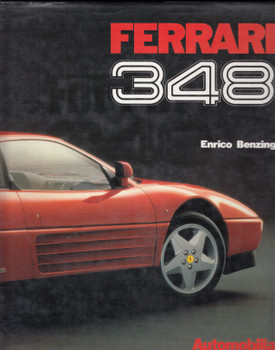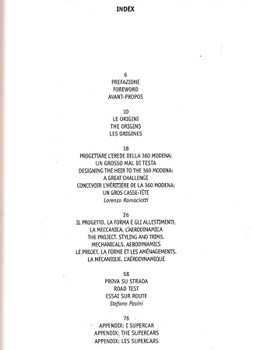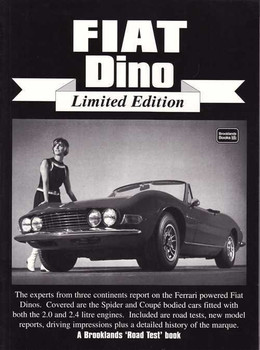Description
Author: Enrico Benzing, Softbound, 72 Pages, ISBN: 9788885880528, 1st English Edition, 1992
Fiat's tradition in the field of small cars is at the beginning of the 1930s, the revolution brought about by mass-production techniques had already begun, automotive engineering had started to come to grips with the small car. But the combined result of economies of scale and
operation which was to produce a modern popular car, was not yet in place. Then in 1933, Fiat's Senator Agnelli pronounced the formula for a car he wanted to build: small, very economical, priced Lit. 5,000.
For the times it was a technically ambititous plan. The industrial capacity was in place, concentrated in the Turinese factory of Lingotto, but not the conditions for designing a small car which would not be undermined by the insistence on keeping costs down. It needed a great designer,
already versed in what was to become the technology of the future: and Fiat found the right man in Dante Giacosa, a twenty eight year old designer of special vehicles and aero engines. The operation got off to a flying start and by 7th October 1934 the prototype of the world's first mass-produced minicar had already been built and undergone road-tests. It was actually during a motorway test that the top speed of 82 kph was produced, to everyone's great satisfaction. The project was known as "Zero A", as if to remind people of the successful Fiat Zero. The additional "A" stood for the Aero section where Dante Giacosa worked.
However, the rapid passage through the project stages was followed by slightly longer industrialisation times. Nevertheless the grand launch on 15th June 1936 caused a sensation. The little car was lovely to look at, its final list price was no more than Lit 8,900 and its technical content was observed to be excellent. It had a small 4- cylinder 569 cc engine with an output of 13 HP, was able to deliver a top speed of 85 kph with average consumption figures of 6 litres/100 km, and could carry two adults and a load of over 50 kg of luggage. This little Fiat was called simply the "500" and it still is today. The tradition continues right up until the present day....
from the Introduction



















